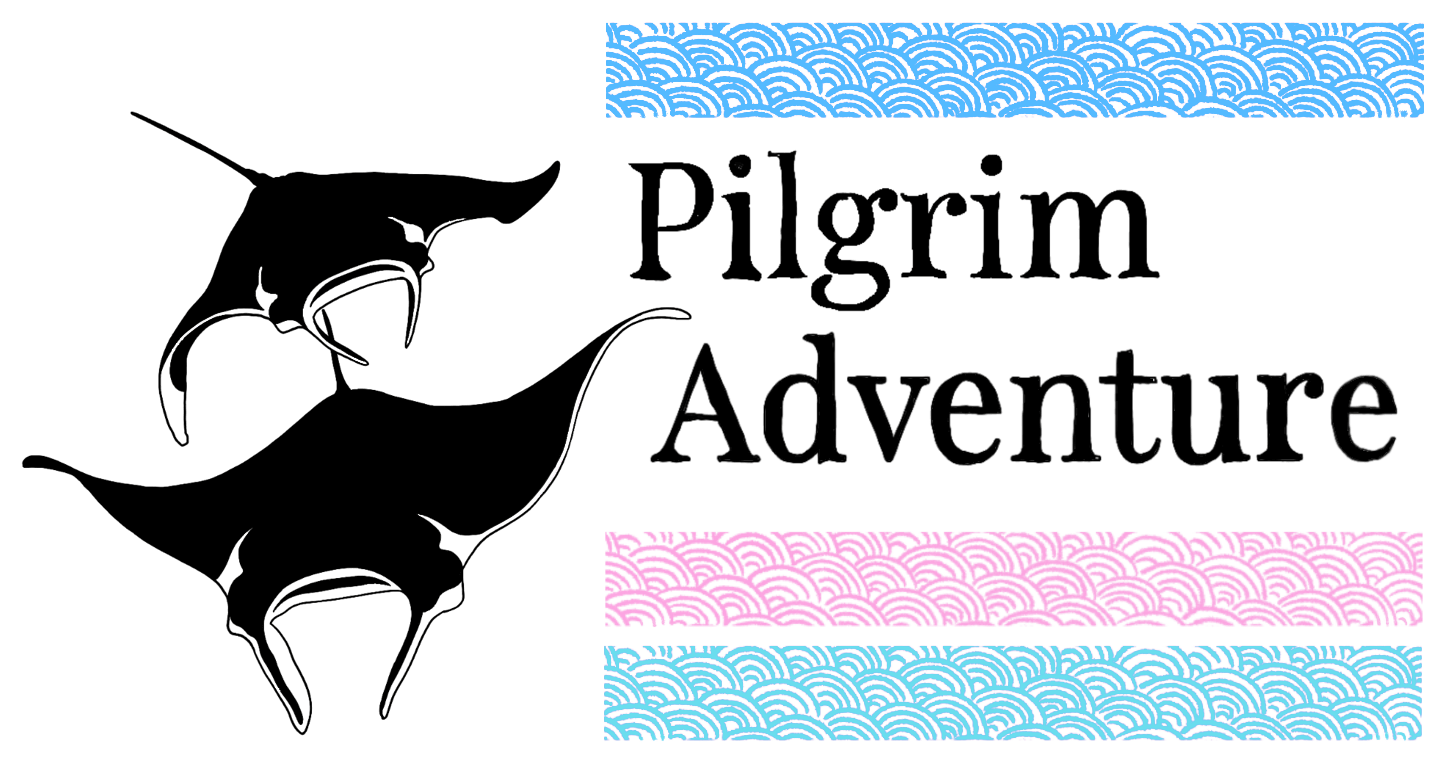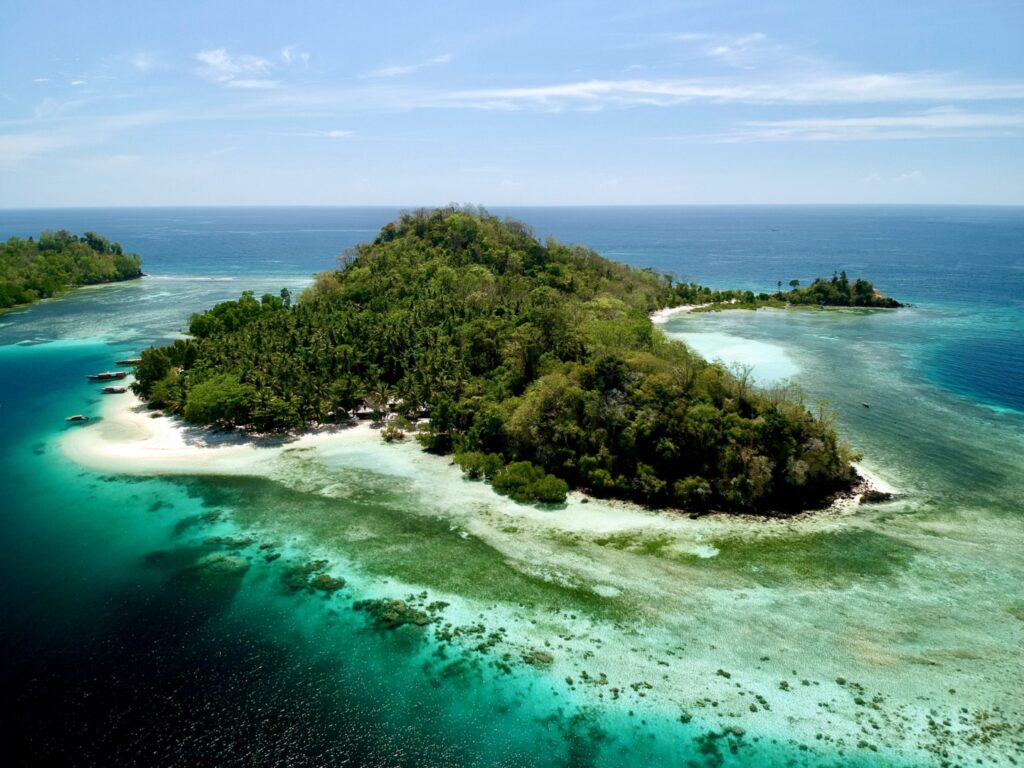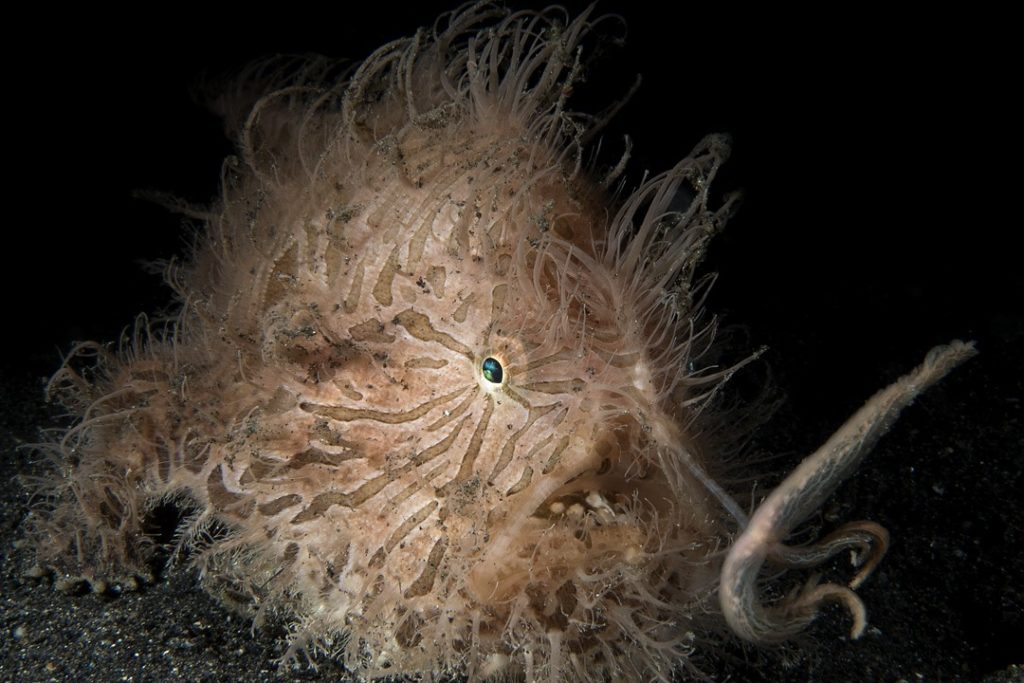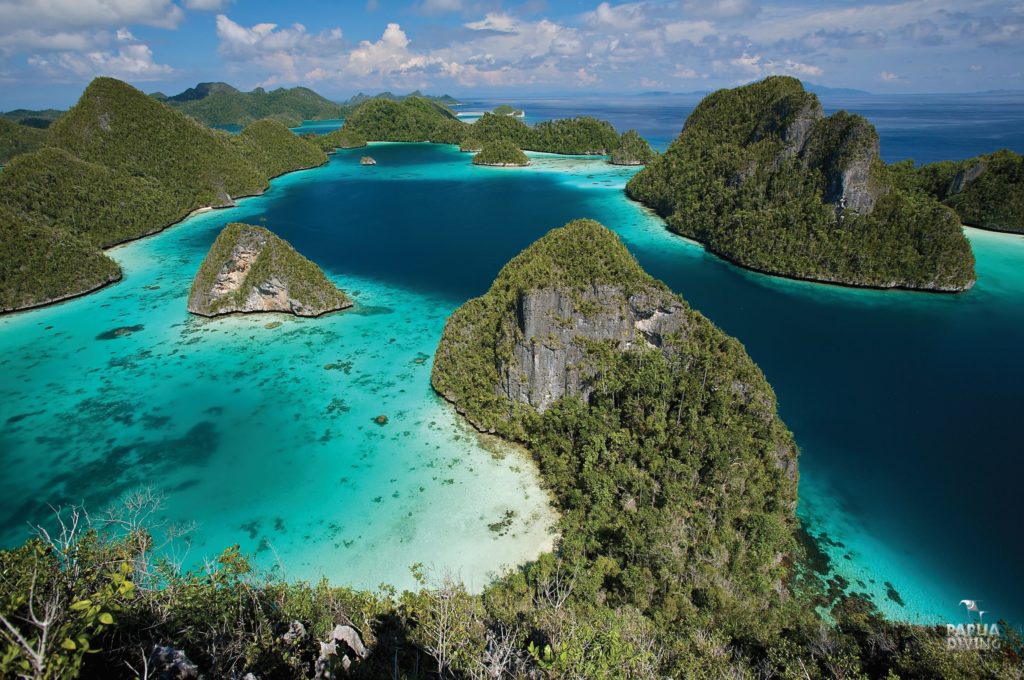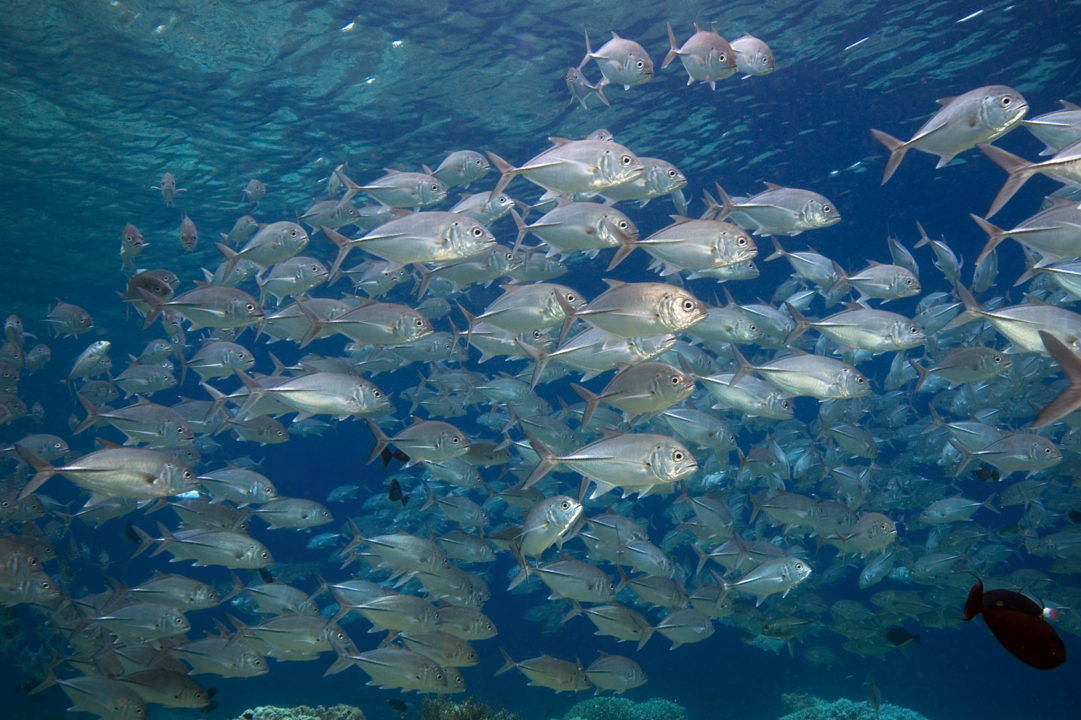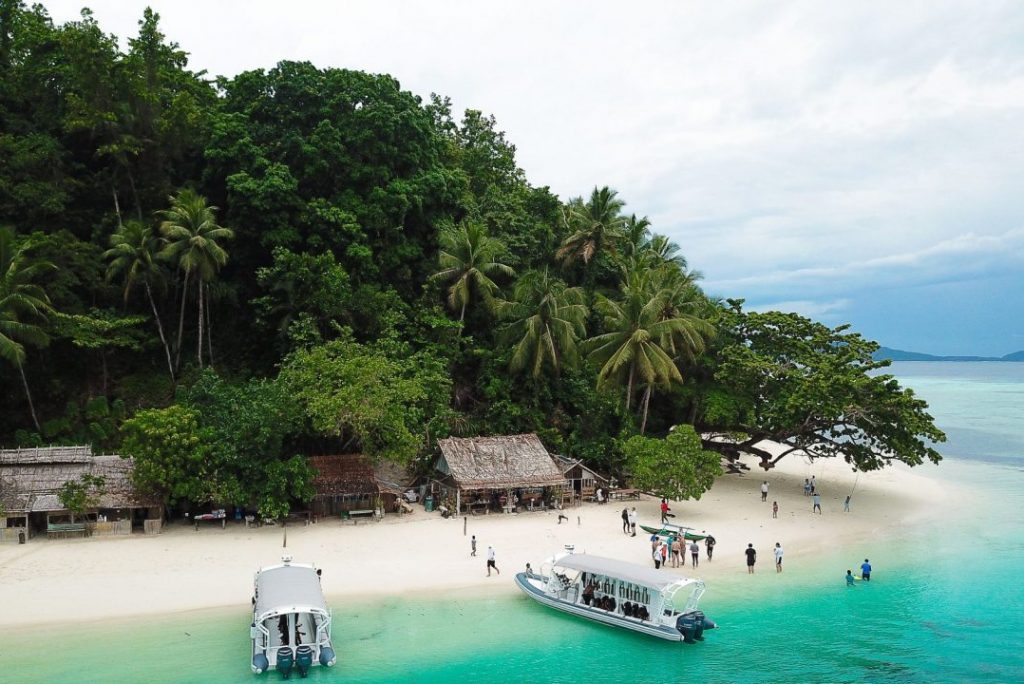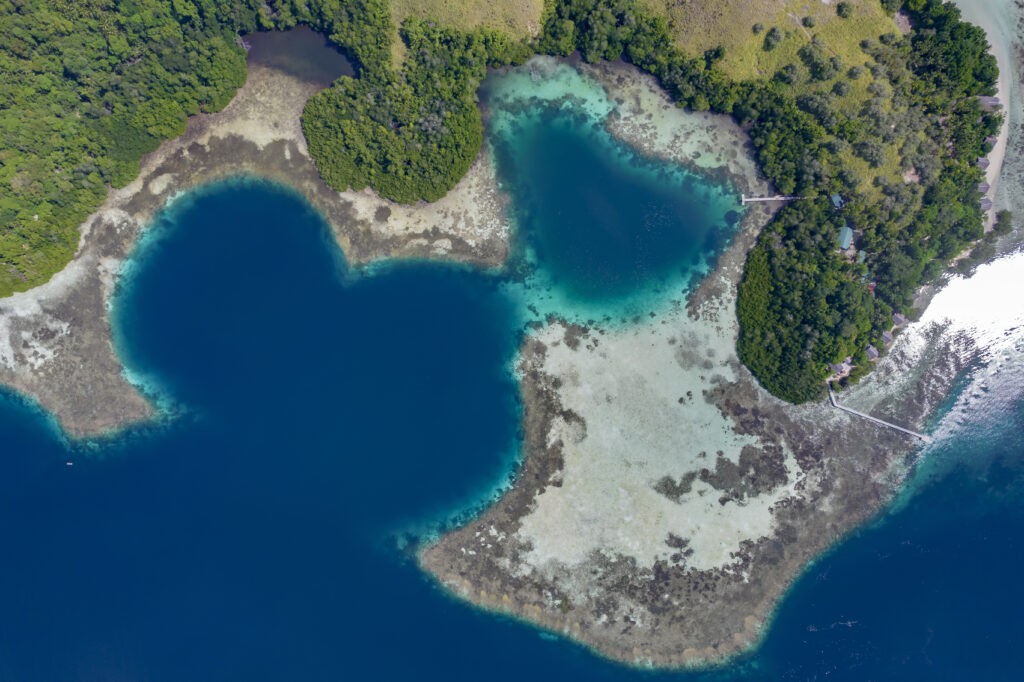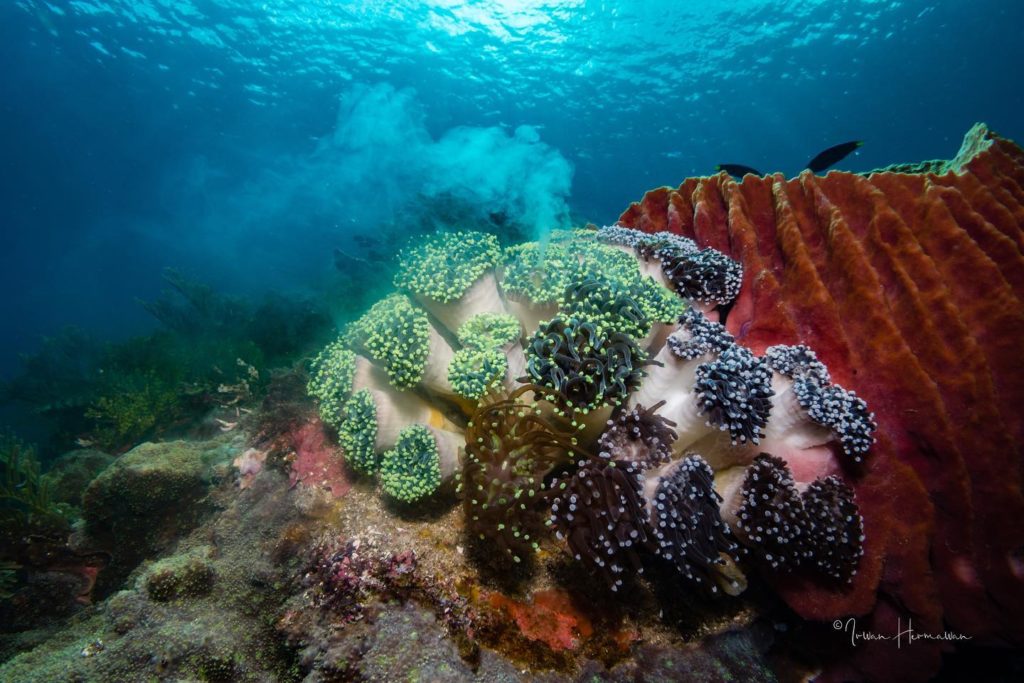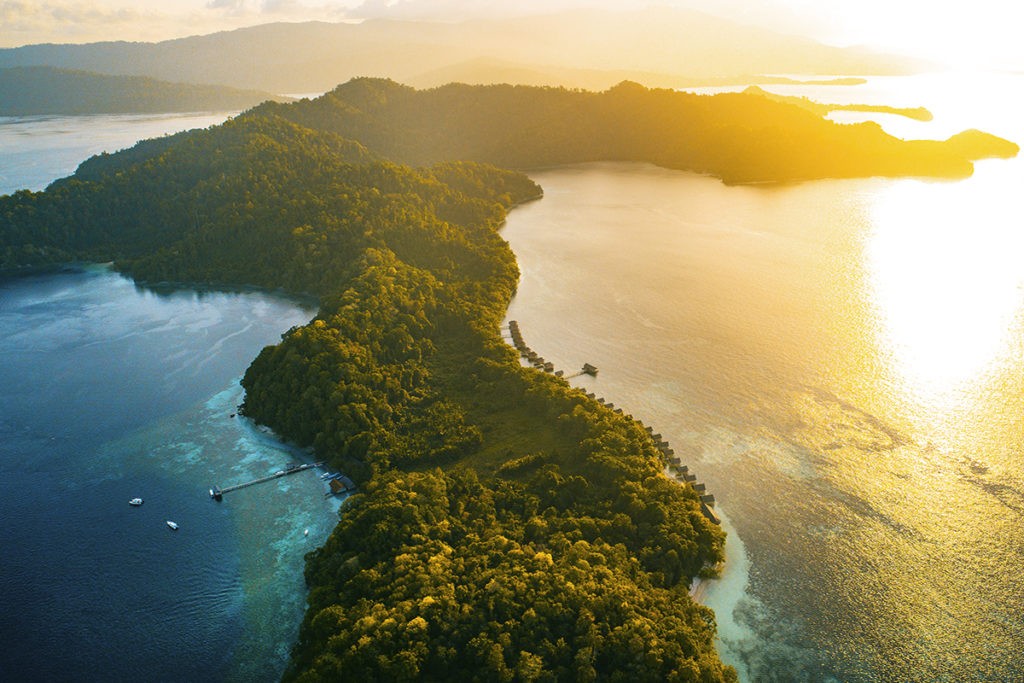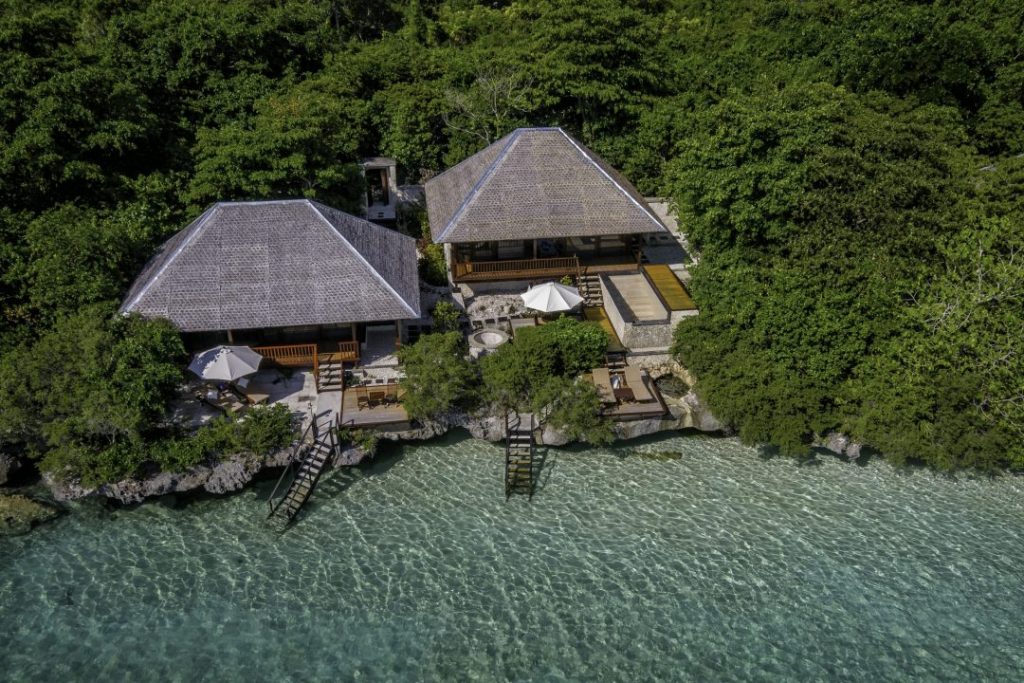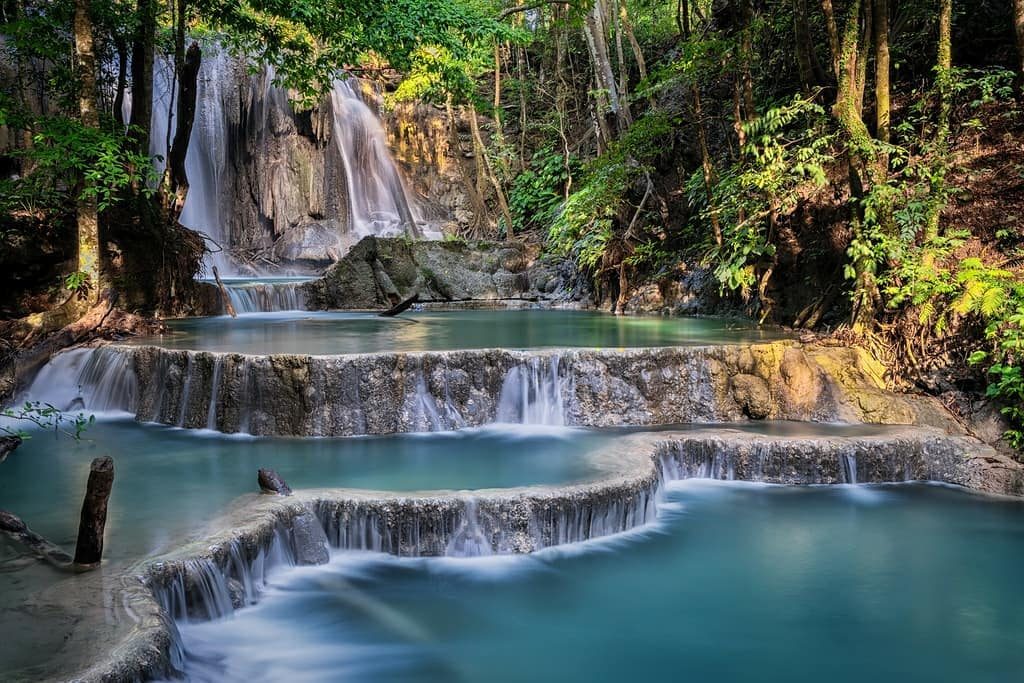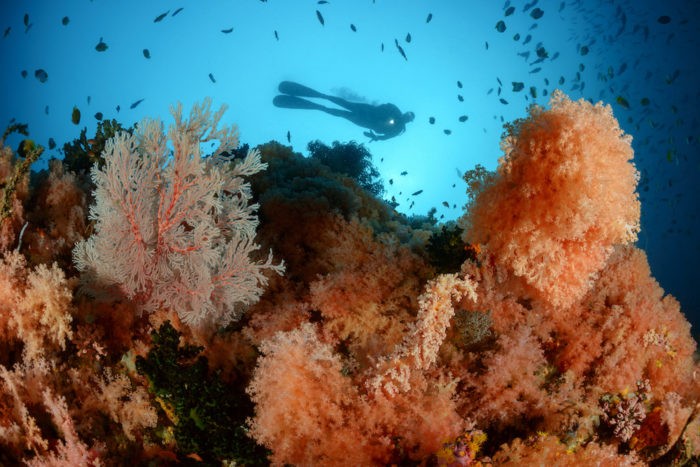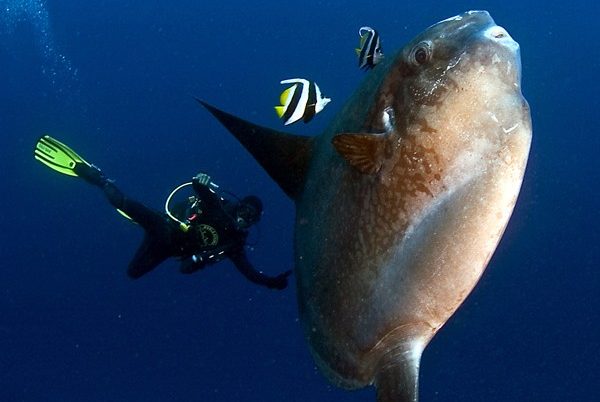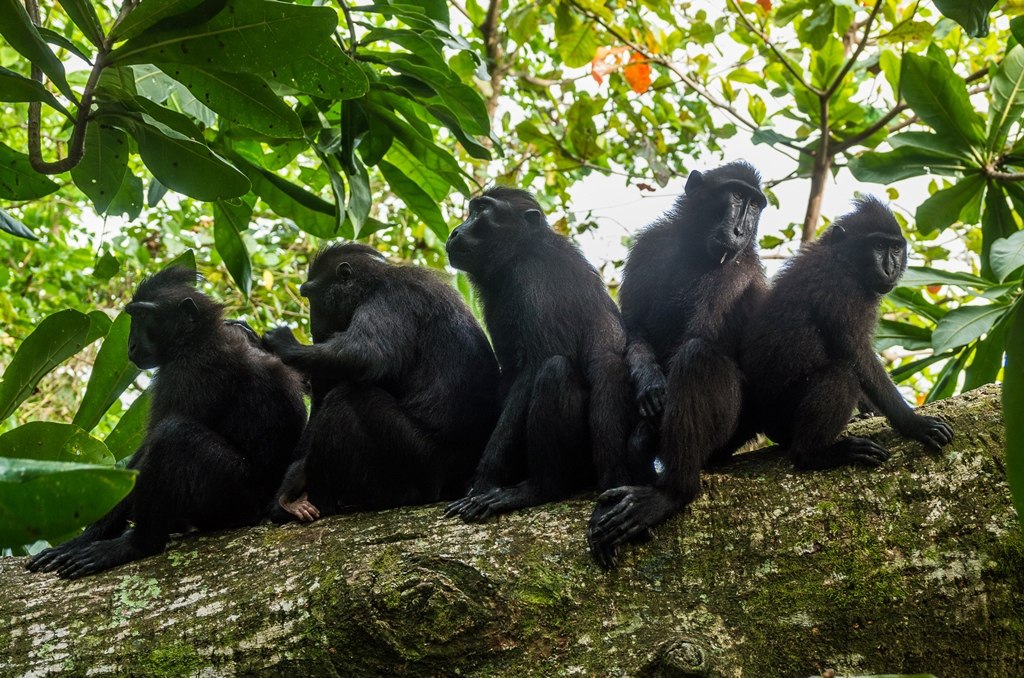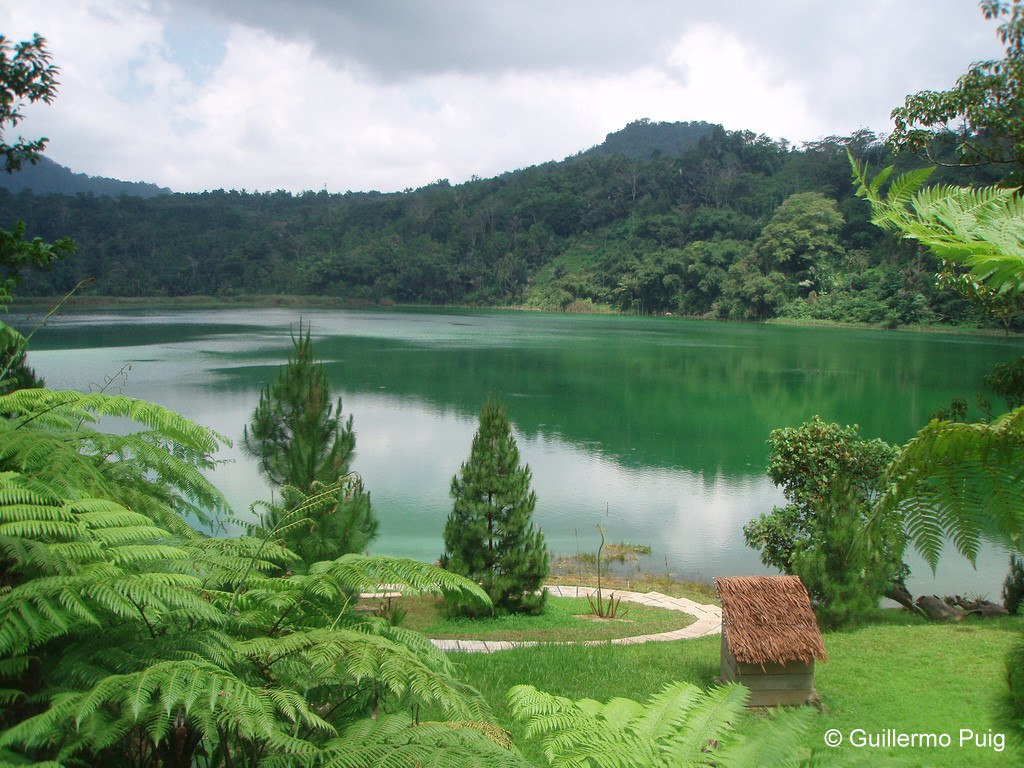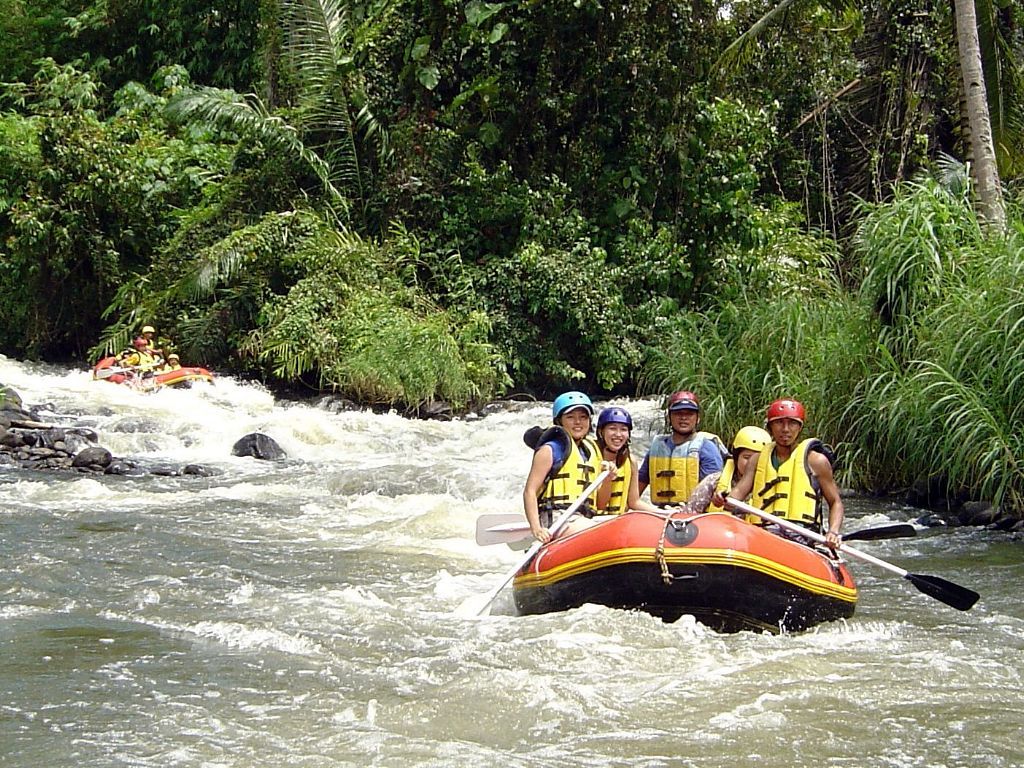North Sulawesi - Pulau Bangka
- All Year - Best: March to November
- DIN & Yoke
- Nitrox
- Diving
- Courses
- Snorkeling
With more than 30 world-class dive sites, Bangka’s archipelago offers several different diving spots, from richly-colonized volcanic pinnacles to sandy slopes, mangroves and walls. The island of Bangka with its small surrounding islets is situated at the north-tip of Sulawesi a few hours from the city of Manado. Bangka offers a true Robinson Crusoe style experience in its pristine nature dominating the island. An explosion of color and kaleidoscopic soft corals thrive on the reefs – Pelagics and critters – Bangka has it all!
North Sulawesi - Pulau Bangka
All Year - Best: March to November
15 Days From € 1900 / Person
16 Dives From € 800
(Based on double occupancy)
(All Flights Included)
Pulau Bangka
Situated between the Celebes Sea and the Molucca Sea, in the northern province of Sulawesi, Bangka Island lies in the heart of the Coral Triangle, the global epicenter of marine biodiversity.
Bangka is a tiny island rich with forests, mangroves, coconut plantations, pristine beaches and rocky outcrops situated just off the northern tip of North Sulawesi in between Bunaken Marine Park and Lembeh Strait. The Bangka archipelago is made up of several islands, including those of Gangga and Talisei. The capital city of North Sulawesi, Manado, can be reached by car and boat in about 1.5 hours.
With an area of 4,700 ha, Bangka hosts about 2,000 people distributed in the three main villages. The local economy is mainly based on fishing, agriculture and in recent years also on tourism.
There are no roads on the island, but it is possible to trek through the jungle to visit the fishing village of Lihunu, or walk along the beach and reach the small village of Busa Bora.
The absence of shops, banks, offices and restaurants make it the perfect place to disconnect from the busy world, immersing yourself in an atmosphere out of other times.
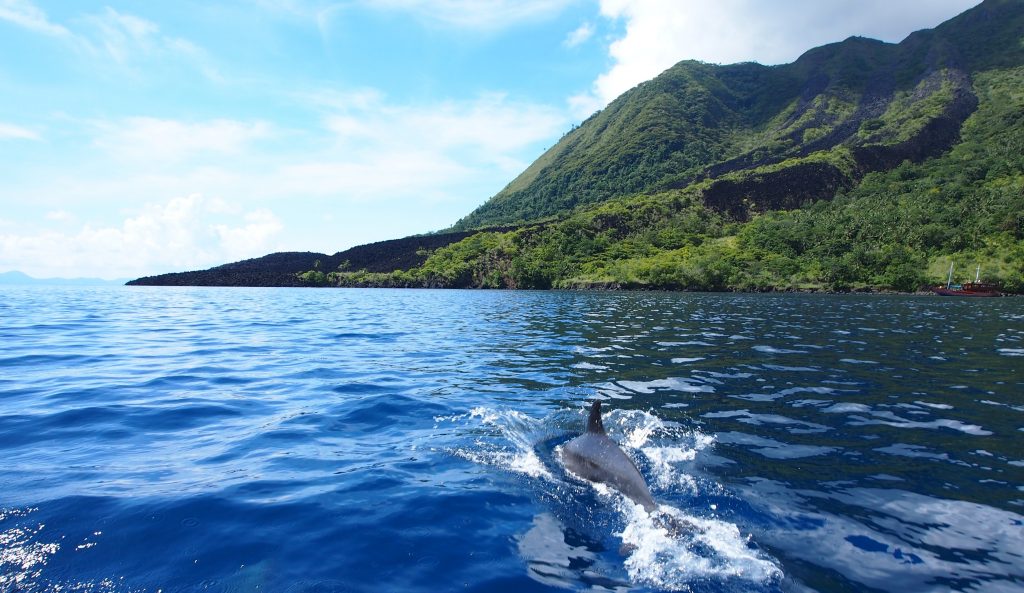
Manado
In order to get to Bangka, first you fly in to the city of Manado. A bustling coastal city of around 500.000 people. Here are – besides the lovely people and culture – cinemas, huge shopping malls – of which Mantos is the favourite and much more!
Locals are very welcoming and Manado is known for being one of Indonesia’s most tolerant places. Here the majority of people are Christian living peacefully alongside the muslim minority. Which is also why you will see churches on almost every street.
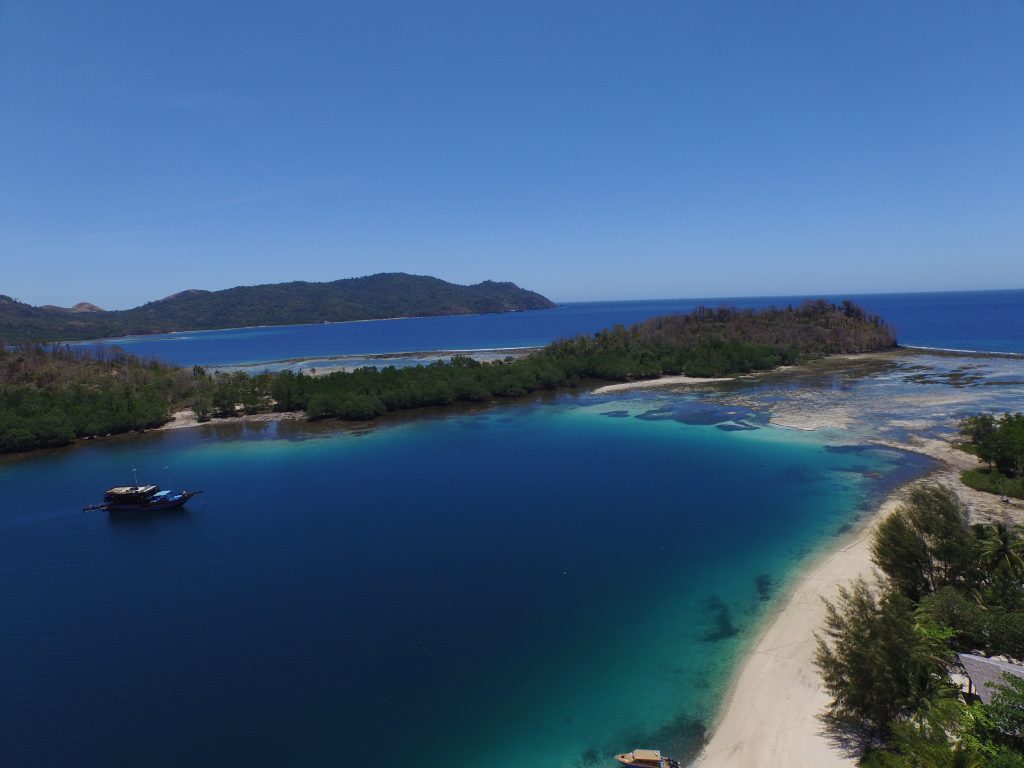
North Sulawesi
Located about a 2 hours drive from Manado, across mainland Sulawesi: The Tangkoko National Nature Reserve is a protected forested area where you can witness wildlife.
Tarsiers (one of the smallest known primates), black tailless monkeys, maleo birds, wild pigs, kuskus and many more. Definitely worth a visit at the end of your holiday.
Another attraction is the village of Tomohon in the Sulawesi highlands that surround Manado. Also reached in a few hours by car, It is known as the Flower City, and there are many Flower Markets in the surrounding area.
Two active volcanoes surround Tomohon: Gunung Mahawu and Gunung Lokon. They offer some good walks, suitable for most people, of only one or two hours.
Lake Tondano in the highlands has floating restaurants that serve freshwater fish.
For two distinct dive destinations only 1-2 hours from Pulau Bangka, check out the “Combine” tab, for: The Lembeh Strait – the muck diving capital of the World! Or Pulau Bunaken for awesome wall dives with turtles galore.
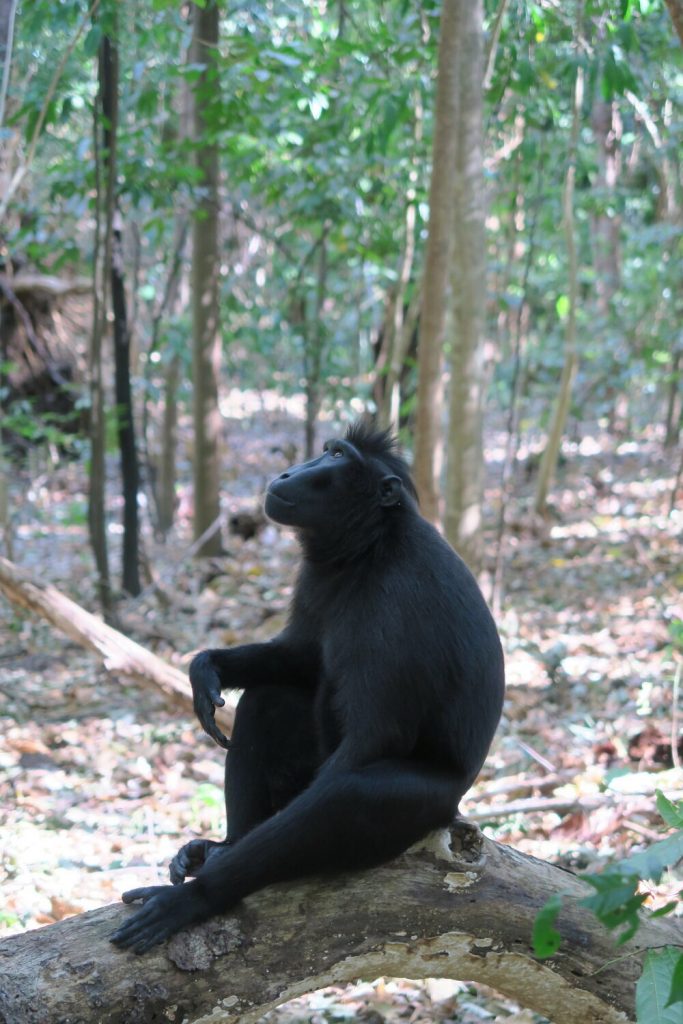
Intro
The seascape encompasses several different habitats that support rare species such as the pygmy seahorse, leaf fish, frog fish, white and black tip reef sharks, nudibranchs, and dugongs.
VOLCANIC SAND: These areas present a black sandy bottom with rocks completely covered by coral and colonized by a large number of different invertebrates and fish. It is very similar to the environment found in the Lembeh Straits.
PINNACLES: Volcanic walls and pinnacles, completely covered by corals (in particular soft corals) make beautiful dive sites. These can be subject to strong currents but we use our local knowledge and expertise to ensure a safe dive.
FRINGING REEF: Dominated by hard coral, they grow on an originally sandy bottom and demonstrate extremely high biodiversity.
MANGROVES: Tidal currents, wave action, river flow and salinity gradients affect sedimentation in various complex ways. Sponges, flatworms, snails, and small fish that live around the mangrove roots can be found here. The seagrass in front of each mangrove forest provides food for the dugongs.
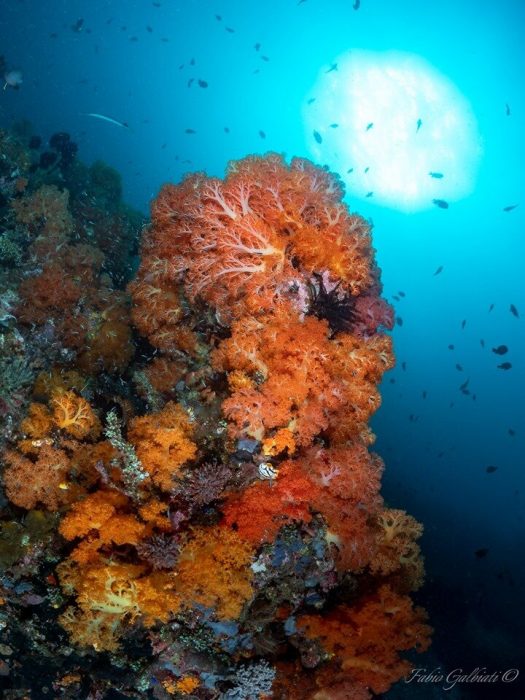
Dive Site Map
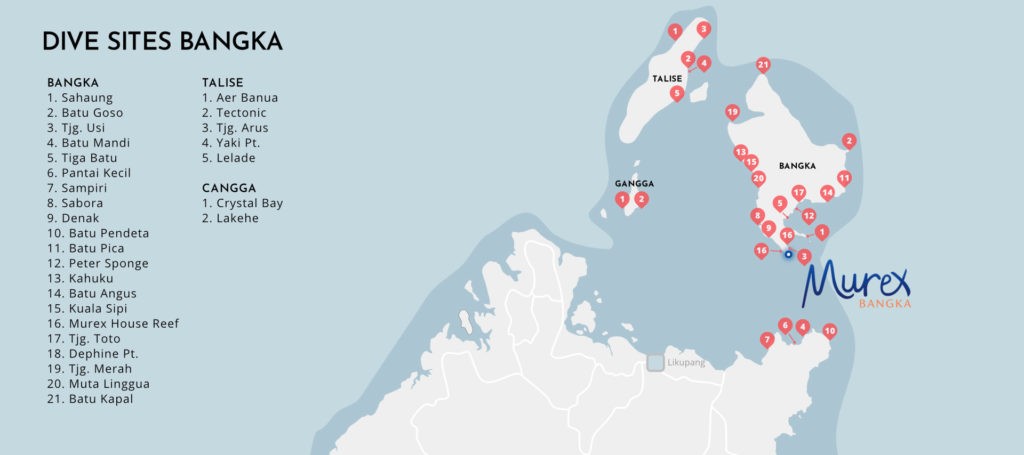
Favourite Dive Sites
With more than 20 dive sites scattered around the huge area, we will give you a list of our top 5, – but all of them are worthy of diving – many times!
Batu Goso consists of a series of steep pinnacles rising up from the ocean floor just off Bangka Island. There are two dives in this area starting at opposite ends of the coral encrusted pinnacles. The dive ranges from 5-35m with stunning topography at all depths. On dives when there is current there are several “sheltered” places where we can stop and watch the abundant marine life out in the blue. Highlights include: White tip & black tip reef sharks, turtles & groupers, vibrant yellow, green and red soft corals.
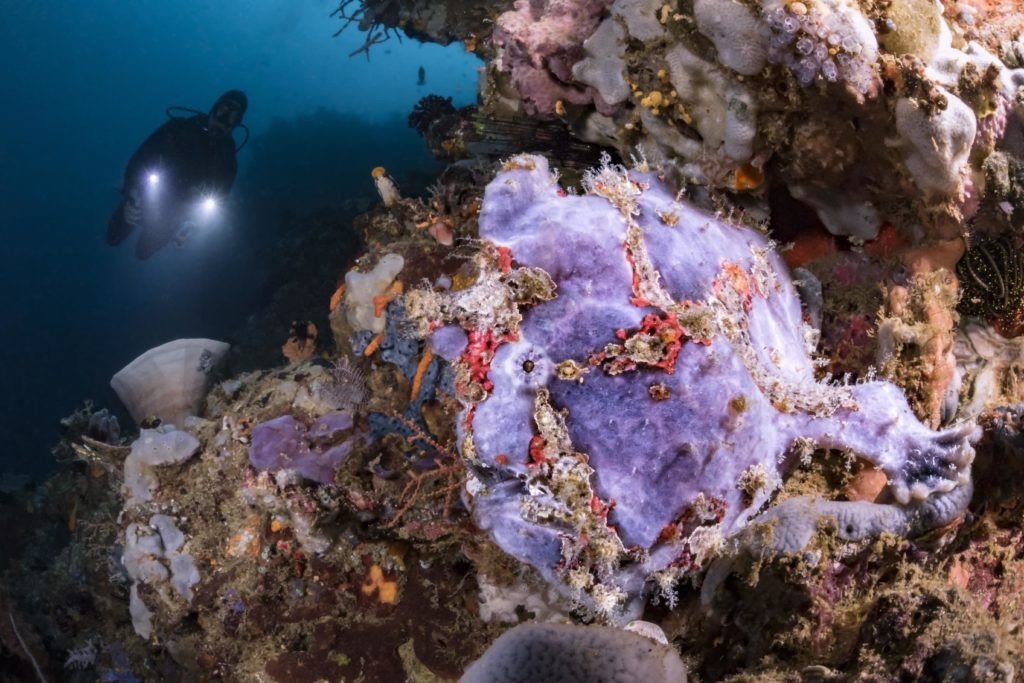

Sahaung is an iconic Bangka dive site and a firm favorite of many divers – and staff. The site consists of a series of underwater boulders and pinnacles that barely break the surface of the ocean. There are two dives in this area on separate pinnacles. These pinnacles consist of a continuously sloping bottom with several shelves as you descend. The dives range from 5 – 35 m. Highlights include: huge table corals, white tip reef sharks, stunning soft corals, diverse reef life, passing pelagics and schooling fish.
Batu Mandi – This dive is located just opposite of Bangka Island off the northern tip of Sulawesi, off the shore of Pulisan. This dive is a series of underwater pinnacles rising from a sandy bottom. This is a shallower dive ranging from 5 to 25m. Besides the abundance of hard and soft corals and numerous reef fish, some of the highlights are pygmy seahorses, cuttlefish and giant and warty frogfish.
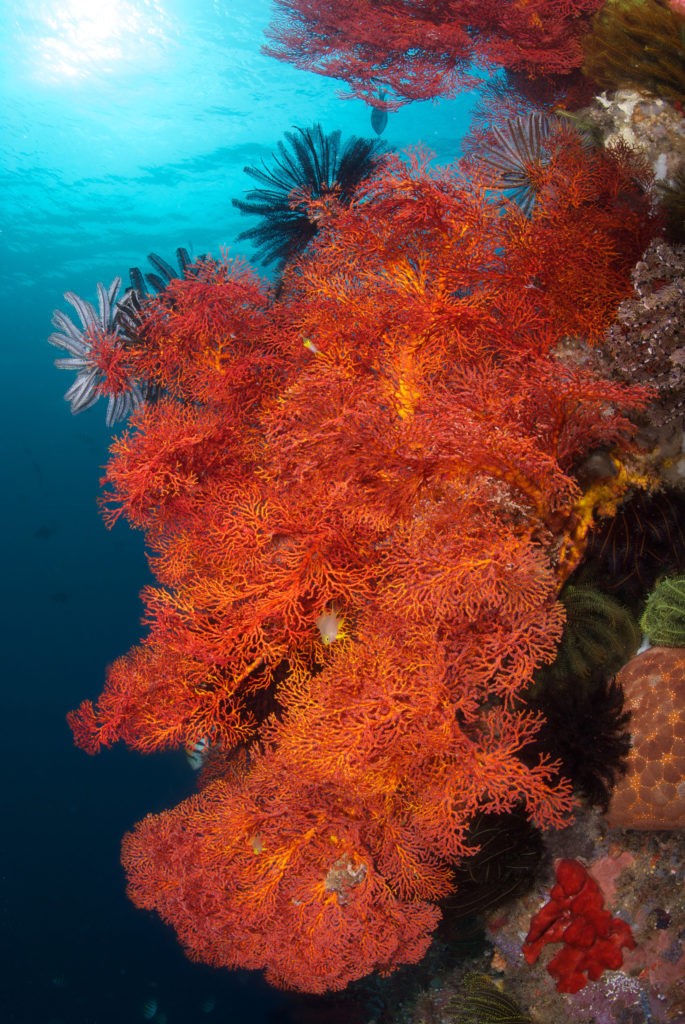
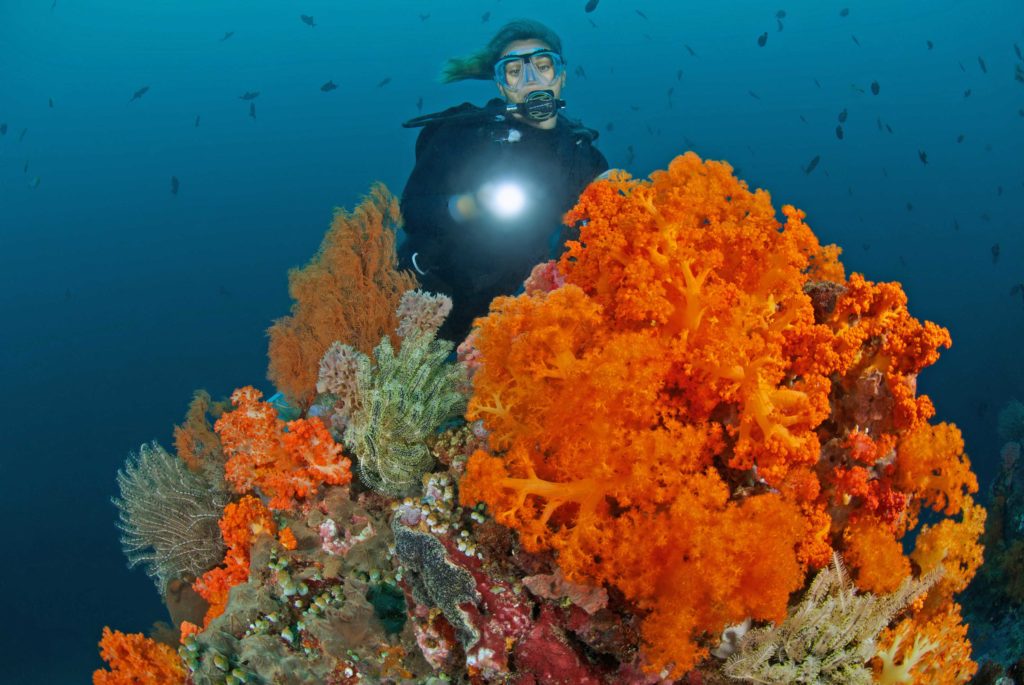
Batu Pendeta is an amazing explosion of color. This site consists of several large submerged rocks with one pinnacle up out of water, situated on a reef plateau about 15 meters deep. There is a drop-off with canyons where you can ‘eddy out’ of the current and observe many sweetlips, dogtooth tuna, jacks and sharks. This site is usually a deeper dive and best suited to more advanced divers.
Peter’s Sponge is our favorite spot for dugong sightings as they tend to rest in the shallows. Peter’s Sponge is a white sand slope decorated with small coral bommies which are home to schools of glassfish and frogfish laying in wait. This is primarily a muck diving, critter site and other common sighting here include blue-ring octopus, flamboyant cuttlefish, Ambon scorpionfish and ghost pipefish. This is an incredible spot for macro underwater photographers.

Season
You can dive the Bangka Archipelago all year around.
The best times of year for Bangka Island diving holidays are from March to June, or September to November, when the weather and diving conditions are at their best.
March to June is generally dry with good visibility, while the wet months of November through to March can mean lower visibility and rougher sea conditions. During the windy months of July and August, some of the dive sites can be exposed to waves but shelter can always be found somewhere.
The cooler season coincides with reproductive cycles, meaning there are larger numbers of smaller critters during this time. If you love muck diving or macro photography, this is the perfect time.
A Tropical Island Getaway Surrounded by Colors
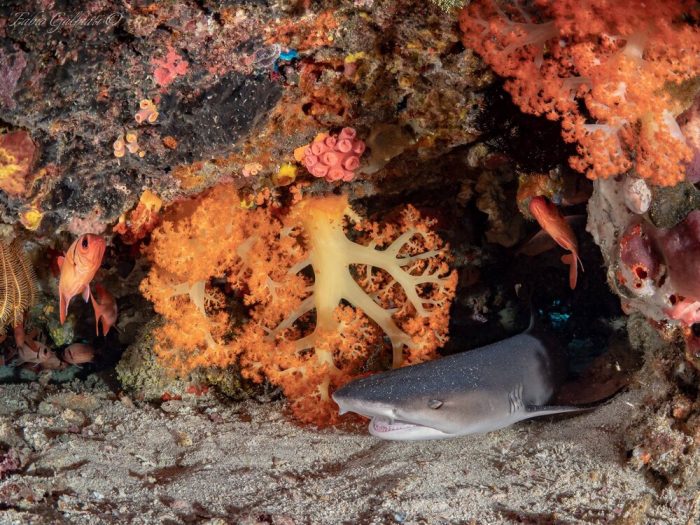
Included
Included
- International Flights
- Airport pick-up by private car from Manado International Airport
- Boat tranfer between Sulawesi and Bangka
- 2 nights in a 4* hotel w/ breakfast
- 10 nights in resort w/ full board and free mineral water + hot water for tea and coffee)
- It is recommended to pre-book the dives in order to get a special “diver’s discount” on the total price
- Full package tour – See the benefits of being covered by the Full Package Act and Regulations here
- *Fee to Rejsegarantifonden
*A Danish Travel Guarantee Fund covering all European citizens in case of bankruptcy: link
Not Included
- “Visa On Arrival” ~ €30
- Tips for the staff
- Airport departure tax ~ €10
- Insurances
- Anything not listed in “Included”
A Domestic Flight or Along the Way:
Kaimana
Triton Bay
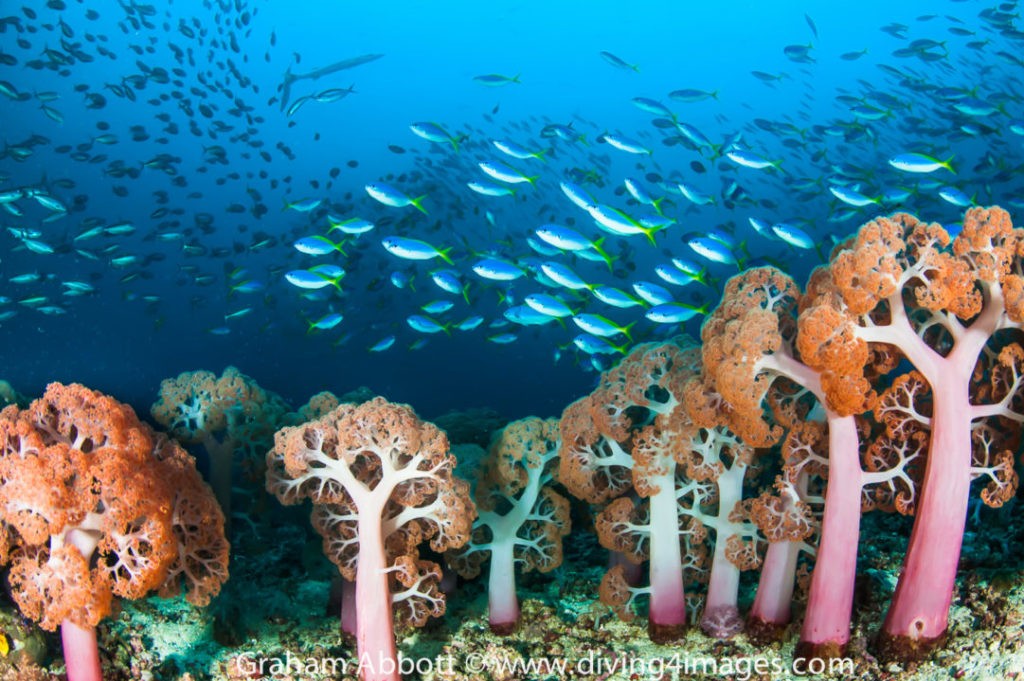
Remote and worth it! Whale sharks and soft corals in the heart of the Coral Triangle. Two domestic flights away, but…!
East Nusa Tenggara
Komodo & Flores
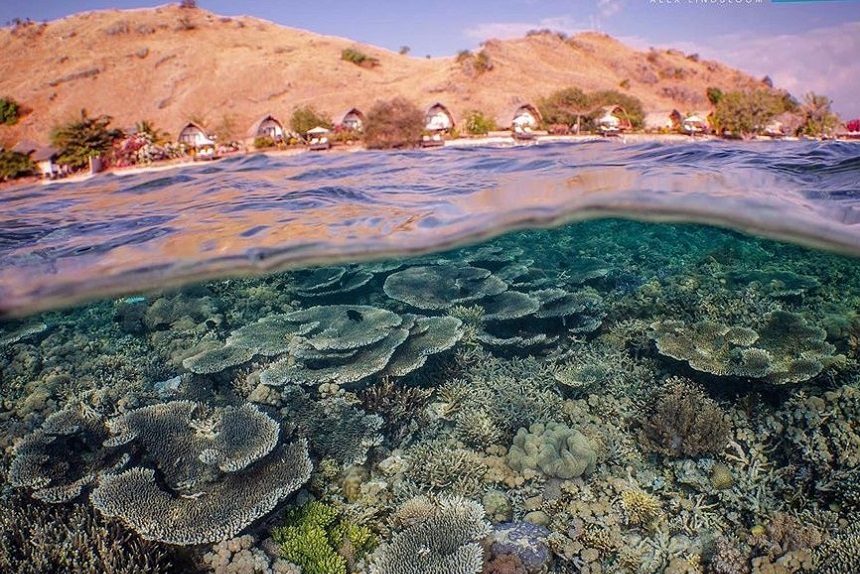
Komodo dragons, strong currents, manta rays, sharks, macro, Unesco Heritage sites. Two domestic flights away.
Via Manado / North Sulawesi:
Easy to read, only 2 hours drive from Manado. Located at the foot of Dua Saudara Mountain, the Tangkoko Nature Reserve is comprised of rolling hills and valleys with a variety of hardwood trees and unusual plant life. The animal life is also quite varied, and one can often view Tarsius tarsier (one of the smallest known primates), black tailless monkeys, snakes, spiders and kuskus (marsupials). Tangkoko Batuangus Reserve offers a suitable protective environment to help prevent these animals from becoming extinct.
Only one hour away from Tangkoko Nature Reserve (on the way) is Tasikoki Wildlife Rescue and Education Centre (www.tasikoki.org). Here you can observe many unique species from Indonesia, as well as several endemic to Sulawesi. All animals have been rescued from the illegal wildlife trade. When taking a tour of the centre (1.5 hours) you will learn about conservation of wildlife and nature as well as the rampant wildlife trade. After visiting the animals you can enjoy a vegetarian meal (with fish) together with the staff as well as the many volunteers from all over the world.
Price: $45/person as add-on only to a Tangkoko Nature Reserve trip.
Visit the Vihara Buddhayana (Buddhist Temple) near Gardenia Country Inn, then heading for the small village of Woloan, where you can see the Minahasan Style Houses being built, knock down style, ready for delivery or shipping. Then continue to the base of Mount Mahawu where we begin the 1-hour trek to the crater’s edge. From that vantage point we can see Bunaken & Manado Tua Islands, as well as the bay of Manado. At the bottom of the crater, one can observe a steaming lake and experience the smell of sulfur from the pools.
Then it’s off to see the traditional food & flower market in Tomohon, surprises in store for you!
You will have lunch at Tondano Lake, close to the goldfish farm, where you will enjoy the serenity of the lake. Then we travel to Pulutan Village, a cottage industry for making pottery or choose the Toraget Hot Springs. At the weaving factories you can observe the local weaving traditions being practiced. Last stop is Lake Linow (the changing color lake), a one of a kind experience.
Gorontalo can be reached by a 1 hour flight from Manado or an 9 hour scenic drive. You would be surprised by what Gorontalo has to offer in its forests with its endemic fauna as well as the unique diving of the Togian Islands.
Nantu Forest is located in the heart of the Wallacea region in Gorontalo Province. Wallacea is the wildlife transition zone between Asia and Australia named after its founder, Alfred Russel Wallace (1823-1913), a famous British biologist, naturalist, and anthropologist.
A community of approximately 30,000 people live within the Nantu and Paguyaman river watershed and is completely dependent on these rivers for its water supply. Nantu’s carbon content is invaluable. Nantu Forest is famous because it is the only place in the world to reliably see its other endemic inhabitants: the Babyrousa celebensis.
The remarkable “prehistoric” appearance of these mammals is largely due to the prominent upwards incurving canine tusks of the males, which actually pierce the flesh in the snout.
One of the most spectacular and thrilling adventure tours in North Sulawesi. The most popular rafting route is on the Nimanga River in Timbukar-Sonder. The grade of the rapids is level 3. You will be picked up at your hotel at 9:00 AM and driven to the village of Sonder (about 1.5 hours from the center of Manado) located in the Minahasan highlands.
Your journey down the 9 km long river will take about one and a half to two hours through scenic forests with a coffee break including traditional cookies. Don’t be shy to scream along the rapids because at the end you will scream for more. Every raft can hold up to six persons including an experienced guide.
After this wet and wild experience, it’s back down the mountain with a lunch stop in a local restaurant. You will arrive at your hotel or the city of Manado (approximately 1.5 hour ride) at approximately 3:00 to 4:00 PM.
Q & A
Yes beginners can dive here. There is current at some sites, but follow your guide and you will be fine.
A combination of destinations would make a perfect dive experience. See our “combine” menu.
Located at the foot of Dua Saudara Mountain, the Tangkoko National Park is comprised of rolling hills and valleys with a variety of hardwood trees and unusual plant life. The animal life is also quite varied, and one can often view Tarsius tarsier (one of the smallest known primates), black tailless monkeys, maleo birds, wild pigs and kuskus (marsupials). Tangkoko Batuangus Reserve offers a suitable protective environment to help prevent these animals from becoming extinct.
The park is easily visited from as a two day trip from Manado.
The resort can help coordinating a trip when you are there.
Great!
Contact us for further details – and we can arrange a course.
The prices for PADI OPEN WATER courses roughly start at €285 and takes 3-4 days.
The 3 day course will let you study via e-learning before you get here, which is smart if you want to be better prepared and spend your holiday time diving and relaxing instead of studying.
The 4 day course is the most popular and you start your studying once you get here.
The prices are almost identical.
Please book courses at the time of booking the whole trip.
You do not need to prebook the dives, but it is simpler to prebook a dive package.
You will spend most surface intervals on the dive boat or going back to the resort, depending on dive site and location.
The dive center have all the dive equipment you will need and in good condition.
Of course it is nice to bring your own dive gear if you can.
As a minimum we would recommend to bring your own dive mask – for a good fit.
Most dive places in Indonesia use the “International” Yoke connection for the regulators 1st stage.
If you have a DIN 1st stage you can buy a DIN to Intl. Yoke converter – which might come in handy every time you dive in South East Asia anyway!
Some resorts may have DIN tanks, but see that info on the accommodation menu.
There are plenty of ATM’s in Manado but none on Bangka.
Internet Access: There is fine wifi at the resorts.
Electricity: As elsewhere in Indonesia, electricity is 220-240Volt 50Hertz, using type C (CEE 7/16&17 Euro 2 pin) and F (CEE 7/4 “Schuko”) plugs and sockets.
